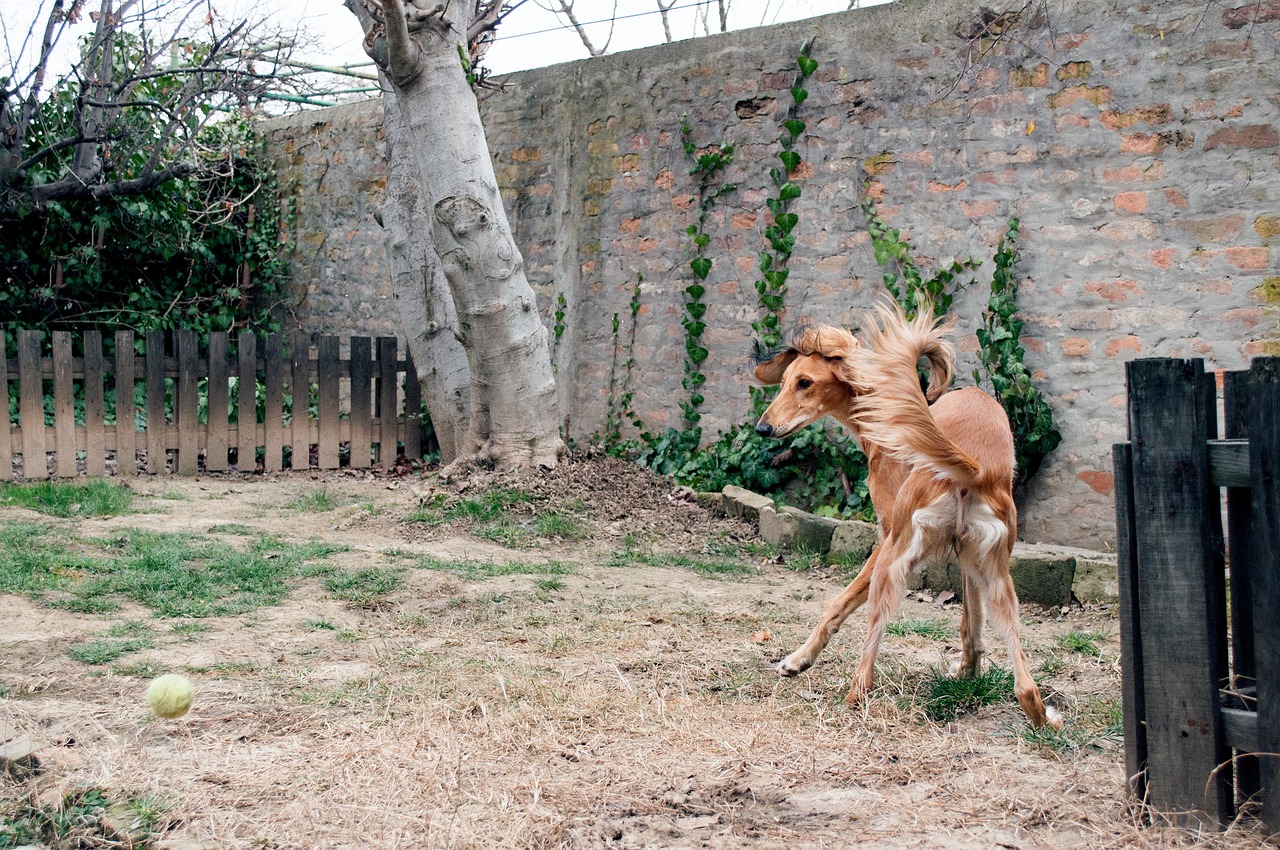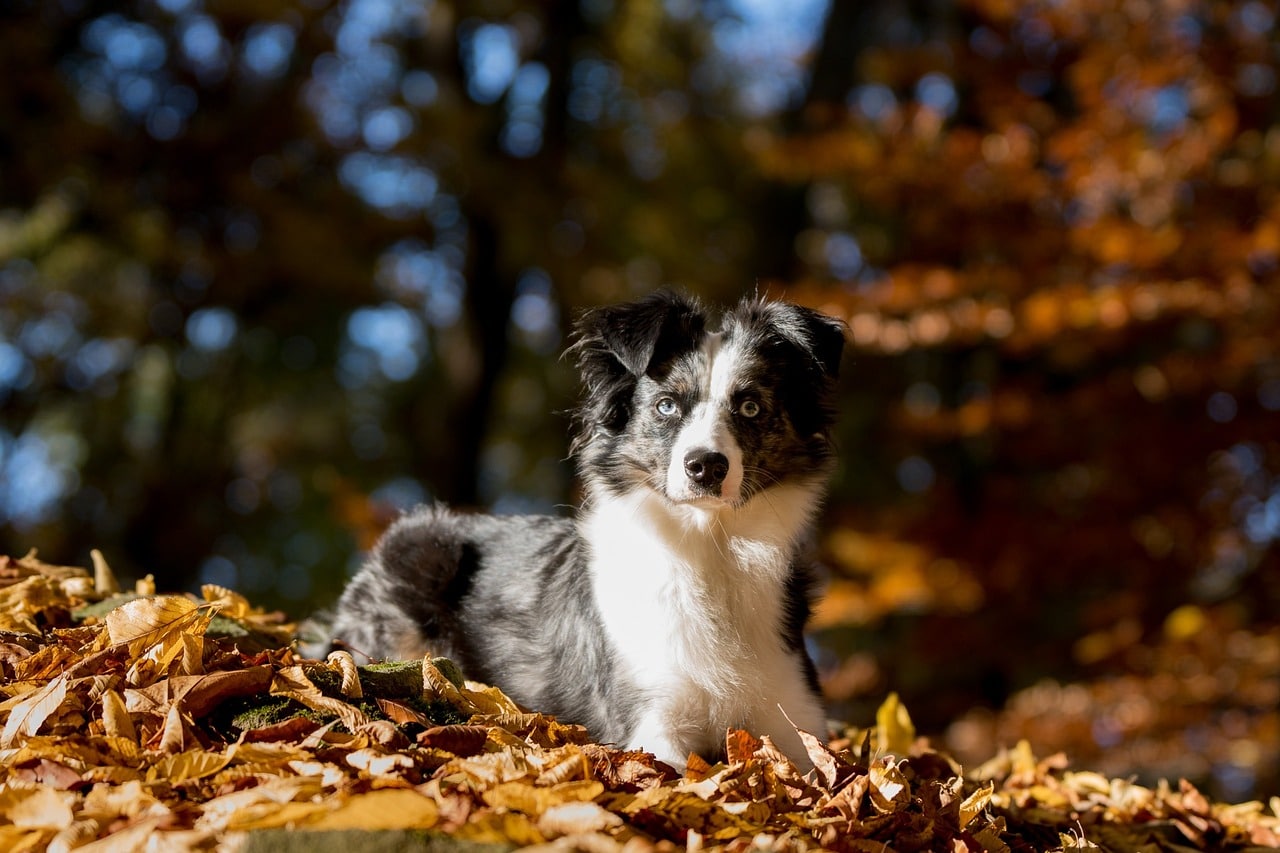 Shutterstock
Shutterstock
There’s something undeniably amusing about watching a dog spin in endless circles, fixated on catching its tail. Tail-chasing can be a quirky, playful behavior that many dogs engage in, often leaving their owners laughing and scratching their heads in confusion. But why do dogs seem so captivated by their tails? Is it pure entertainment, a sign of excess energy, or something deeper? The truth behind this silly habit is more complex than it appears, encompassing everything from instinctual behaviors to environmental influences.
Boredom and Extra Energy
 Shutterstock
Shutterstock
One of the most common reasons dogs chase their tails is simply boredom or excess energy. Dogs are active animals, and if they don’t get enough physical or mental stimulation, they can resort to chasing their tails as a way to entertain themselves. This is especially true for high-energy breeds like Border Collies and Jack Russell Terriers, who need frequent exercise to stay satisfied. When they’re cooped up or left alone for long periods, chasing their tail can become an outlet for their pent-up energy. For these dogs, it’s an easy, built-in way to pass the time when there’s nothing else to do.
It’s a Playful Way to Self-Entertain
 Shutterstock
Shutterstock
For some dogs, chasing their tail is just plain fun. Puppies, in particular, are known for tail-chasing as they’re still discovering their bodies and finding out what they can do. It’s a form of self-play, similar to how a child might invent a game. A dog may spot their tail out of the corner of their eye, move to catch it, and then find the chase so engaging that they keep going in circles. Since the tail is constantly moving, it turns into a game that they can control, which can be highly entertaining for them.
Curiosity About Their Own Body
 Shutterstock
Shutterstock
Dogs are naturally curious animals, and sometimes tail-chasing is simply their way of exploring their own body. Puppies, especially, don’t initially understand that their tail is attached to them. When they catch sight of their tail, they view it as a separate object to be examined and pursued. In the process of learning, dogs can become intrigued by this “moving target,” leading to the classic tail-chasing spin. This behavior often diminishes as dogs age and realize their tail isn’t something they need to “catch,” but some dogs never seem to outgrow the thrill.
An Instinctual Response
 Shutterstock
Shutterstock
For some dogs, tail-chasing may be rooted in instinct. Dogs have descended from wild animals, where pouncing, stalking, and chasing are natural behaviors associated with hunting. The instinct to chase and capture is still strong in many dogs, and their tail presents an easy, always-available target for these impulses. This can be particularly true for breeds with a strong prey drive, such as terriers and hounds. When these dogs don’t have an actual target to pursue, they may turn their instincts on their tail. It’s as though their hunting instincts need an outlet, even if it’s as simple as their rear end.
Seeking Attention from Their Owners
 Shutterstock
Shutterstock
Dogs are clever and quickly learn what behaviors grab their owner’s attention. If chasing their tail makes you laugh, clap, or engage with them, dogs might use this habit as a way to entertain you or seek affection. Some dogs thrive on interaction, and if they notice that tail-chasing brings a reaction, they may continue doing it just for attention. For a dog that craves affection, chasing their tail can turn into a way to connect with their human. What starts as a random action can quickly become a repeat performance when they see it makes you smile.
Itchy or Irritated Skin
 Shutterstock
Shutterstock
Sometimes, tail-chasing can be a sign that something is physically bothering your dog. Allergies, skin irritations, or even flea bites around the tail area can prompt a dog to start spinning around in an attempt to scratch an itch. If your dog frequently chases their tail and seems uncomfortable, it’s worth checking for signs of irritation, redness, or bites. In cases like this, chasing their tail isn’t just playful behavior—it’s an attempt to get relief. When a dog can’t quite reach the source of the itch, spinning in circles becomes their way of addressing the problem.
Anxiety or Stress Relief
 Shutterstock
Shutterstock
Tail-chasing can sometimes be a coping mechanism for dogs experiencing anxiety or stress. When dogs feel overwhelmed or nervous, they may resort to repetitive behaviors like tail-chasing as a way to self-soothe. This can be similar to how humans engage in habits like nail-biting or pacing when anxious. Dogs with separation anxiety or those in overstimulating environments may use tail-chasing to release tension and calm themselves. In these cases, the behavior can become compulsive, meaning the dog may continue chasing their tail long after the initial stressor has passed.
Channeling Their Herding Instincts
 Shutterstock
Shutterstock
Some breeds, particularly herding dogs like Border Collies, have strong instincts to herd and control movement. If these dogs don’t have sheep or livestock to herd, they may redirect this instinct toward other moving targets—like their own tails. For a herding dog, the movement of their tail can trigger a desire to control or “round up” the motion. In households without other animals to herd, tail-chasing can become a quirky and amusing outlet for these instincts. Herding breeds are especially known for these sorts of behaviors, often surprising owners with their persistence and focus.
Coping with Loneliness or Boredom
 Shutterstock
Shutterstock
Dogs are social creatures, and when they’re left alone or don’t have enough interaction, they may develop behaviors to cope with loneliness. Tail-chasing can serve as a self-stimulating activity for a bored or lonely dog, giving them something to focus on. For dogs that lack companionship or regular play, this behavior may become a repetitive habit, almost like a game they create to pass the time. Tail-chasing provides both mental and physical stimulation, making it a suitable (though unconventional) way for dogs to entertain themselves when feeling isolated.
Health Conditions or Compulsive Disorders
 Shutterstock
Shutterstock
In some cases, frequent tail-chasing can be a sign of a health condition or compulsive disorder. Dogs, like humans, can develop compulsive behaviors that may be related to neurological issues, underlying health conditions, or genetics. For example, some dogs may chase their tails excessively due to obsessive-compulsive disorder (OCD) or as a reaction to epilepsy or other neurological imbalances. If tail-chasing becomes constant or interferes with your dog’s normal activities, it may be worth consulting a veterinarian. When tail-chasing turns from a funny habit into a disruptive pattern, it’s essential to rule out medical causes.
Spin Class With A Side Of Tail!
 Shutterstock
Shutterstock
Dogs have countless reasons for chasing their tails, and each one is just as unique as they are. Whether they’re having a blast, scratching an itch, or trying to bring a little humor into our lives, tail-chasing is one of those funny habits that keep us entertained and connected with our pets. So, the next time your dog gets caught up in a spin session, just remember—sometimes, a little tail-chasing is simply the most delightful form of doggy “spin class” around!
 Toledo, United States.
Toledo, United States.